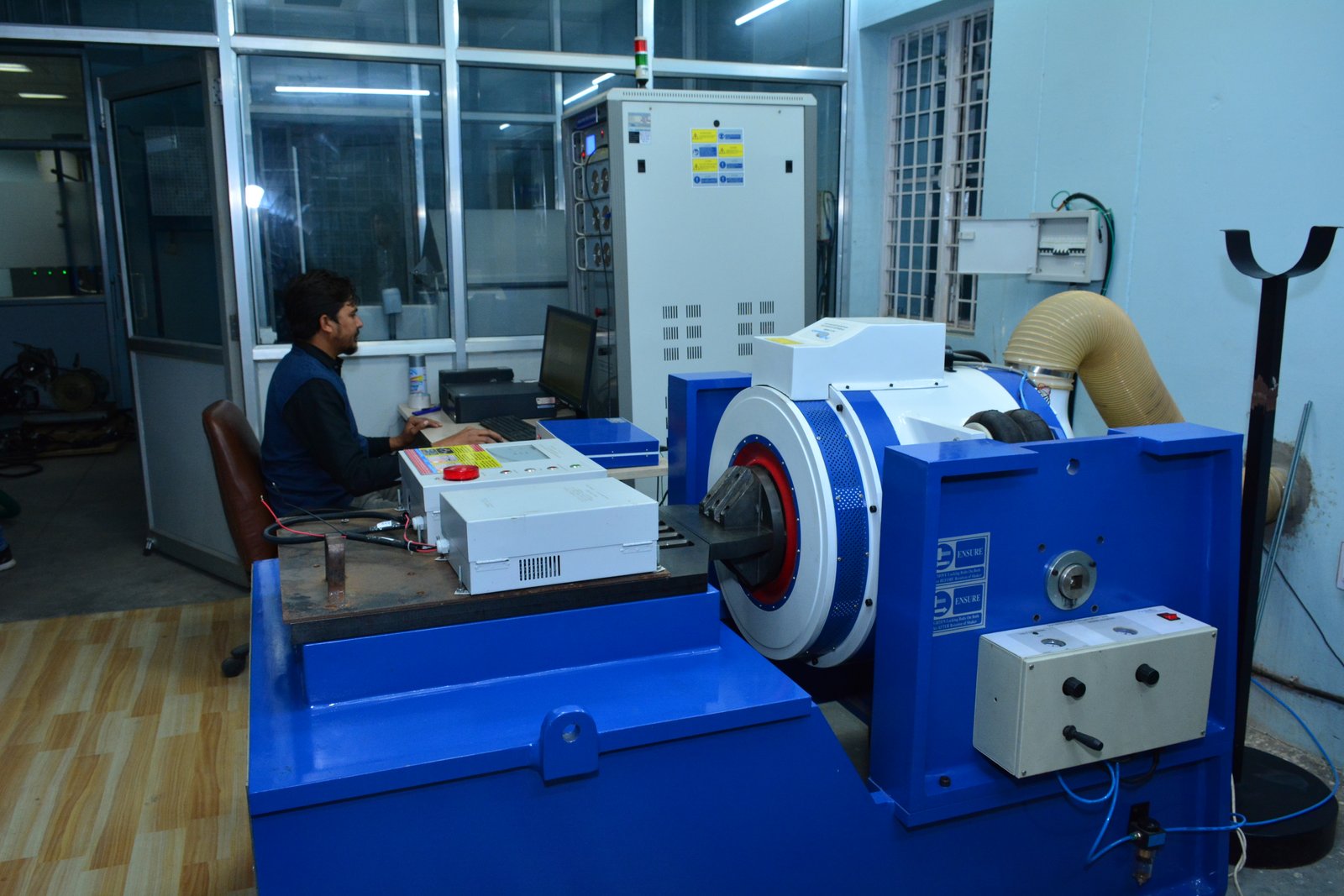Vibration Test
Vibration testing of Electrical and electronic components is a crucial part of quality assurance and reliability engineering. By subjecting electronic components to mechanical stress and vibration, engineers can determine whether they can withstand the vibrations they may encounter during their intended use. Vibration testing is performed to examine the response of a device under test (DUT) to a defined vibration environment. The most common types of vibration testing are Sinusoidal and Random. Sine (one-frequency-at-a-time) tests are performed to survey the structural response of the device under test. While a random (all frequencies at once) test is generally considered to more closely replicate a real world environment, such as road inputs to a moving automobile. BAPL has test facility for vibration test.
The Vibration Test is covered under different Indian and International standards, Some of them are IS 9000(Part8)/IEC 60068-2-6/MIL-STD-810/JSS 55555: 2012 Rev 1/JSS 50101/JIS D1601/IEC 60062-2-80 (Part 2)/MIL-STD-810/IEC60068-2-64/IEC 61373/JSS 55555/QM333/Issue-2/IEC 60571/BS EN50155 : IS 616, IEC 60065, IS 10322, IEC 60598 IS 16046, IEC 62133, AIS 156: 2020 etc.



